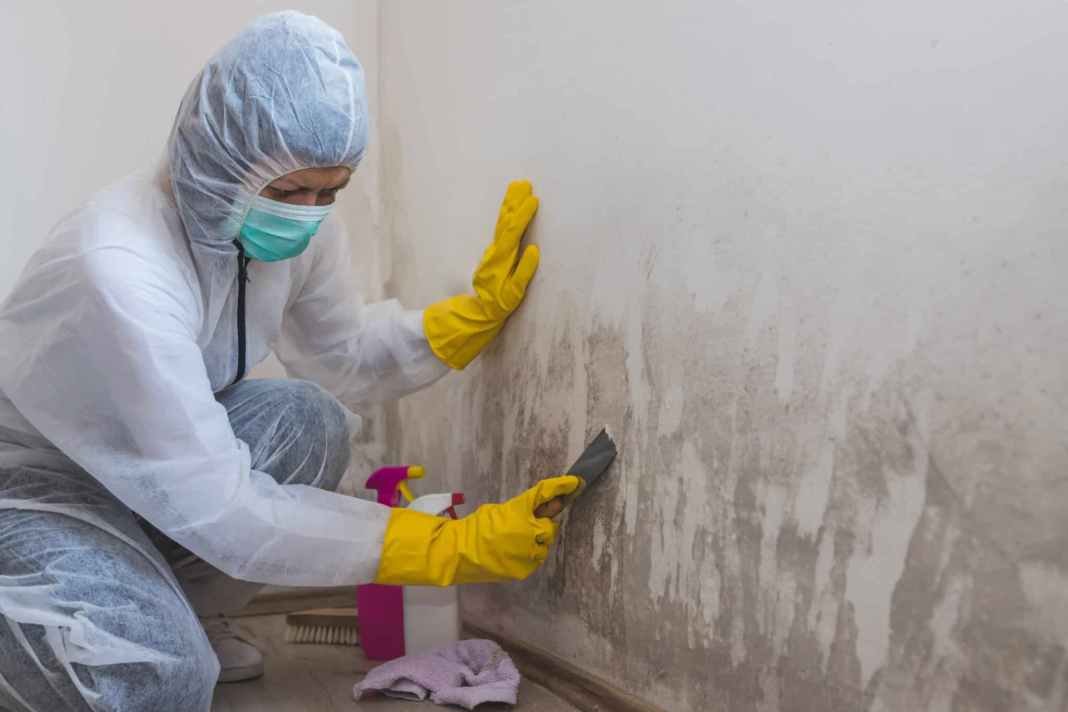Mold growth is a common issue that can lead to significant health problems and structural damage in homes and commercial properties. Effective mold abatement is essential for maintaining a safe environment. This comprehensive guide will delve into the fundamentals of mold abatement, including its causes, removal strategies, and preventive measures.
What is Mold Abatement?
Mold abatement refers to the process of removing mold and preventing its return. This encompasses identifying mold growth, assessing the extent of the infestation, safely removing the mold, and implementing measures to minimize future occurrences. Mold can thrive in various environments, particularly in damp and poorly ventilated areas, making understanding mold abatement crucial for property owners.
The Causes of Mold Growth
Understanding the causes of mold growth is the first step in effective mold abatement. Mold thrives in environments with:
- Moisture: Excess moisture is the primary factor that leads to mold growth. Sources can include leaks, flooding, high humidity, or condensation.
- Organic Material: Mold feeds on organic materials, such as wood, drywall, and insulation. These materials are common in homes and can provide an ideal breeding ground for mold spores.
- Poor Ventilation: Inadequate air circulation can trap moisture, allowing mold to flourish in enclosed spaces such as attics, basements, and bathrooms.
- Temperature: Mold typically grows best in warm environments. High temperatures can exacerbate moisture issues, further promoting mold growth.
Signs of Mold Infestation
Identifying mold in its early stages is critical for successful mold abatement. Common signs of mold infestation include:
- Visible Mold: Discoloration or fuzzy patches on walls, ceilings, and floors, often appearing in shades of green, black, or white.
- Musty Odors: A persistent, unpleasant smell can indicate mold growth, even if it’s not visibly present.
- Water Damage: Stains, warping, or peeling paint can signal underlying moisture issues that could lead to mold.
- Health Symptoms: Residents may experience allergies or respiratory issues, such as coughing, sneezing, or skin irritation, which can indicate mold exposure.
Mold Abatement Strategies
Once mold is detected, it is crucial to initiate effective mold abatement procedures. Here are the steps typically involved:
1. Containment
Before any removal work begins, it is vital to contain the affected area to prevent mold spores from spreading to other parts of the property. This may involve sealing off the area with plastic sheeting and using negative air pressure systems to ensure spores are not released into the air.
2. Personal Protective Equipment (PPE)
Safety should always be a priority during mold abatement. Individuals conducting the removal process should wear appropriate PPE, including gloves, masks, and goggles, to protect themselves from inhaling spores or coming into contact with mold.
3. Removal of Contaminated Materials
Any materials heavily infested with mold, such as drywall or carpet, should be removed and discarded. It is essential to bag these materials properly to avoid contamination during disposal.
4. Cleaning and Disinfecting
Surfaces that are not heavily contaminated should be cleaned with specialized mold removal products. A mixture of water and detergent can be effective for hard surfaces, while non-porous materials may require commercial mold cleaners. Disinfectants may also be used to eliminate spores.
5. Drying the Area
After cleaning, it is crucial to dry the affected area thoroughly. Dehumidifiers and fans can help expedite this process, ensuring that moisture does not linger and create conditions favorable for mold growth.
Preventing Future Mold Growth
Effective mold abatement does not end with removal; prevention is equally important. Here are some preventive measures to consider:
1. Control Moisture Levels
Maintaining low humidity levels (between 30% and 50%) in your home can significantly reduce the likelihood of mold growth. Use dehumidifiers in areas prone to moisture, such as basements and bathrooms.
2. Improve Ventilation
Ensure proper airflow in your home by using exhaust fans in kitchens and bathrooms and opening windows when weather permits. Adequate ventilation helps to disperse moisture and prevent mold.
3. Repair Leaks Promptly
Regularly inspect your property for leaks and address any issues immediately. Roof leaks, plumbing problems, and even condensation from appliances should be fixed to prevent moisture accumulation.
4. Regular Inspections
Conduct regular inspections of your home for signs of mold and moisture problems. Early detection can prevent extensive damage and costly mold abatement processes.
5. Use Mold-Resistant Products
When building or renovating, consider using mold-resistant materials, such as mold-resistant drywall and paints. These products can provide an additional layer of protection against mold growth.
Conclusion
Understanding mold abatement is essential for property owners looking to maintain a safe and healthy environment. By recognizing the causes of mold, identifying signs of infestation, and implementing effective removal and prevention strategies, individuals can protect their homes and loved ones from the detrimental effects of mold. Regular maintenance, prompt repairs, and moisture control are vital components of a successful mold abatement plan, ensuring that your property remains mold-free for years to come.

